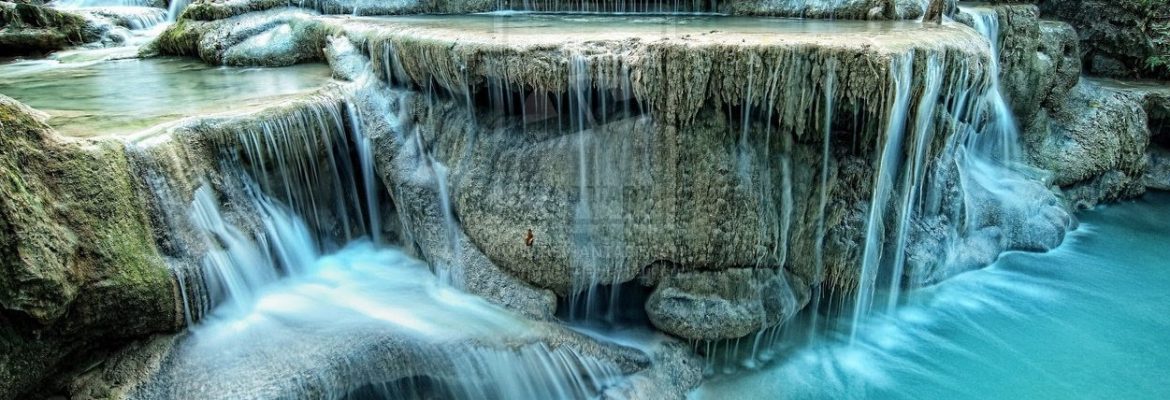Kanchanaburi, Thailand
With field, forest and stream, Kanchanaburi has become a catch basin for new arrivals overwhelmed by Bangkok (a mere 130km east) and a closer alternative than Chiang Mai for Thailand’s soft version of ‘trekking’ (elephant rides, short hikes and bamboo rafting). The town sits in a fertile valley where sugar-cane fields bow in the breeze, measuring out an easy pace.
In addition to outdoor appreciation, the limestone hills surrounding Kanchanaburi are famous for their temple caves, an underground communion of animistic spirit worship and traditional Buddhism. Winding arteries burrow into the guts of the caves past bulbous calcium deposits and altars for Buddha images, surrounded by offerings from pilgrims.
Crawling out of the mountains to the sea, the surrounding rivers (Mae Nam Khwae Noi and Mae Nam Mae Klong) define much of the lazy character of the town, except on weekends and holidays when Bangkok Thais come by the busloads to pound the night into light aboard floating discos and karaoke barges. That such tranquillity attracts such mayhem is a true test in appreciating cultural differences.
This quiet provincial capital also played an unlikely role during WWII. Here, occupying Japanese forces used captured Allied prisoners of war (POWs) and conscripted Southeast Asians to build a demanding, deadly rail route to present-day Myanmar. You might have heard of this minor war story thanks to Pierre Boulle’s The Bridge on the River Kwai and the movie of the same name. The bridge, several museums and cemeteries have respectfully preserved the history and memorialised the dead.


